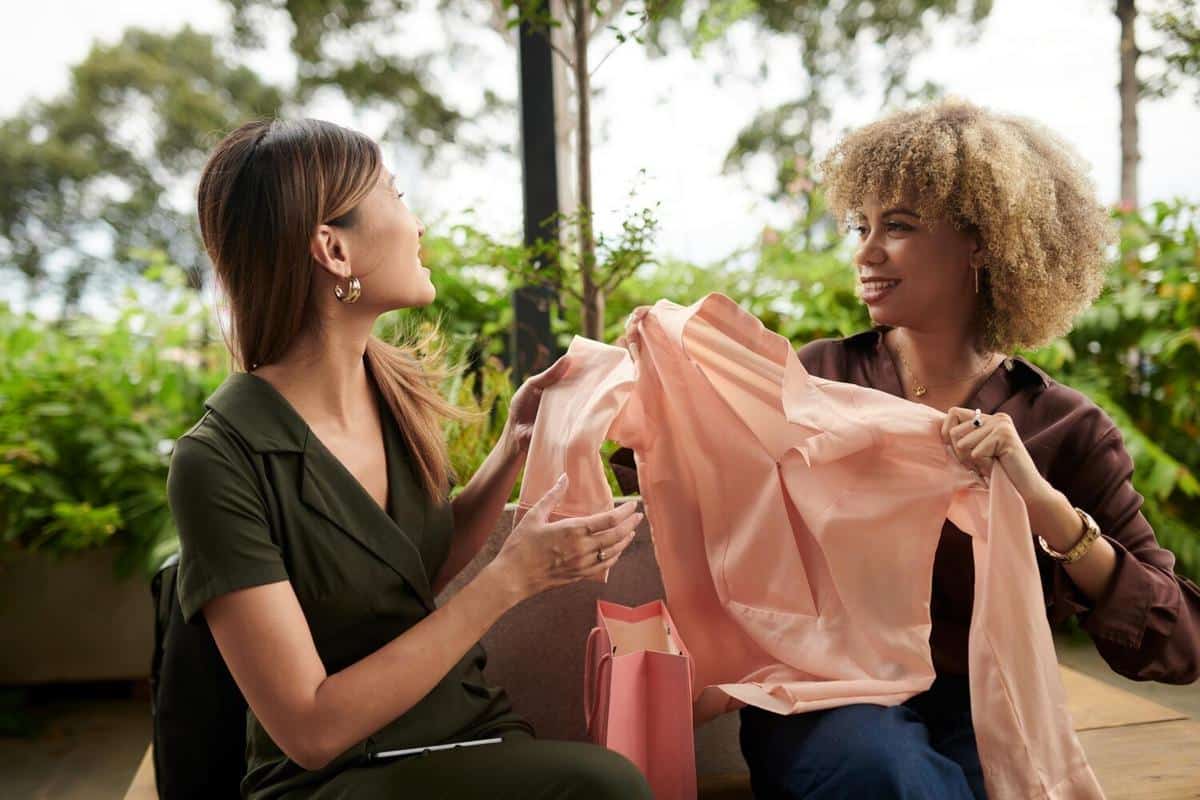
Brands Leading the Charge in Sustainable Fashion
Sustainable fashion has taken center stage in the global fashion industry, with several brands leading the way in innovative practices and eco-friendly materials. This shift reflects a growing awareness of the environmental impact of clothing production and a commitment to reducing carbon footprints.
In recent years, the fashion industry has seen a significant transformation as brands embrace sustainability. According to a report by McKinsey & Company, the fashion industry is responsible for about 4% of global greenhouse gas emissions, highlighting the urgent need for eco-friendly practices.
Leaders in Sustainable Fashion
Several brands have emerged as pioneers in sustainable fashion, implementing practices that not only reduce environmental impact but also promote social responsibility. These companies are setting new standards, making sustainability a core part of their business models.
Innovative Materials and Processes
One brand, for instance, has gained recognition for its use of recycled materials. By transforming plastic waste into high-quality fabrics, they reduce the demand for virgin materials and minimize waste. Similarly, another brand focuses on using organic cotton, which uses less water and avoids harmful pesticides.
Expert Opinions
Lucy Siegle, a prominent environmental journalist, emphasizes the importance of transparency in sustainable fashion. She notes, “Brands need to be transparent about their supply chains to truly earn the trust of conscious consumers.” This sentiment is echoed by industry experts who advocate for clear and honest communication about sustainability efforts.
Case Studies
Consider the case of a renowned fashion house that has pledged to become carbon neutral by 2030. Through initiatives like renewable energy usage and sustainable packaging, they are making strides toward this goal. Another example is a startup that produces biodegradable shoes, reducing the long-term impact on landfills.
Actionable Tips for Consumers
- Look for certifications like Fair Trade or Global Organic Textile Standard (GOTS) when shopping for sustainable fashion.
- Support brands with transparent supply chains.
- Consider second-hand or upcycled clothing options.
Comparing Leading Brands
| Brand | Material Innovation | Emissions Reduction | Social Responsibility |
|---|---|---|---|
| Brand A | Recycled Polyester | 30% Reduction | Fair Trade Practices |
| Brand B | Organic Cotton | 20% Reduction | Local Community Support |
| Brand C | Biodegradable Materials | 15% Reduction | Charity Partnerships |
| Brand D | Bamboo Fabric | 25% Reduction | Ethical Labor |
| Brand E | Natural Dyes | 10% Reduction | Worker Welfare Programs |
| Brand F | Zero Waste Production | 40% Reduction | Transparent Supply Chain |
| Brand G | Waterless Dyeing | 35% Reduction | Educational Initiatives |
| Brand H | Recycled Nylon | 18% Reduction | Health Benefits for Employees |
FAQs
What is sustainable fashion?
Sustainable fashion refers to clothing, shoes, and accessories that are produced in ways that are environmentally and socially responsible.
Why is sustainable fashion important?
Sustainable fashion is important because it reduces the environmental impact of clothing production and promotes ethical labor practices.
How can I identify sustainable fashion brands?
Look for certifications, brand transparency, and sustainable materials in the products they offer.
Conclusion
Sustainable fashion is more than a trend; it’s a necessary shift in the industry. By supporting brands that prioritize eco-friendly practices and social responsibility, consumers can contribute to a more sustainable future. As more companies adopt these practices, the collective impact on the environment and society will be profound. Explore sustainable fashion and consider making informed choices that align with a commitment to the planet.


